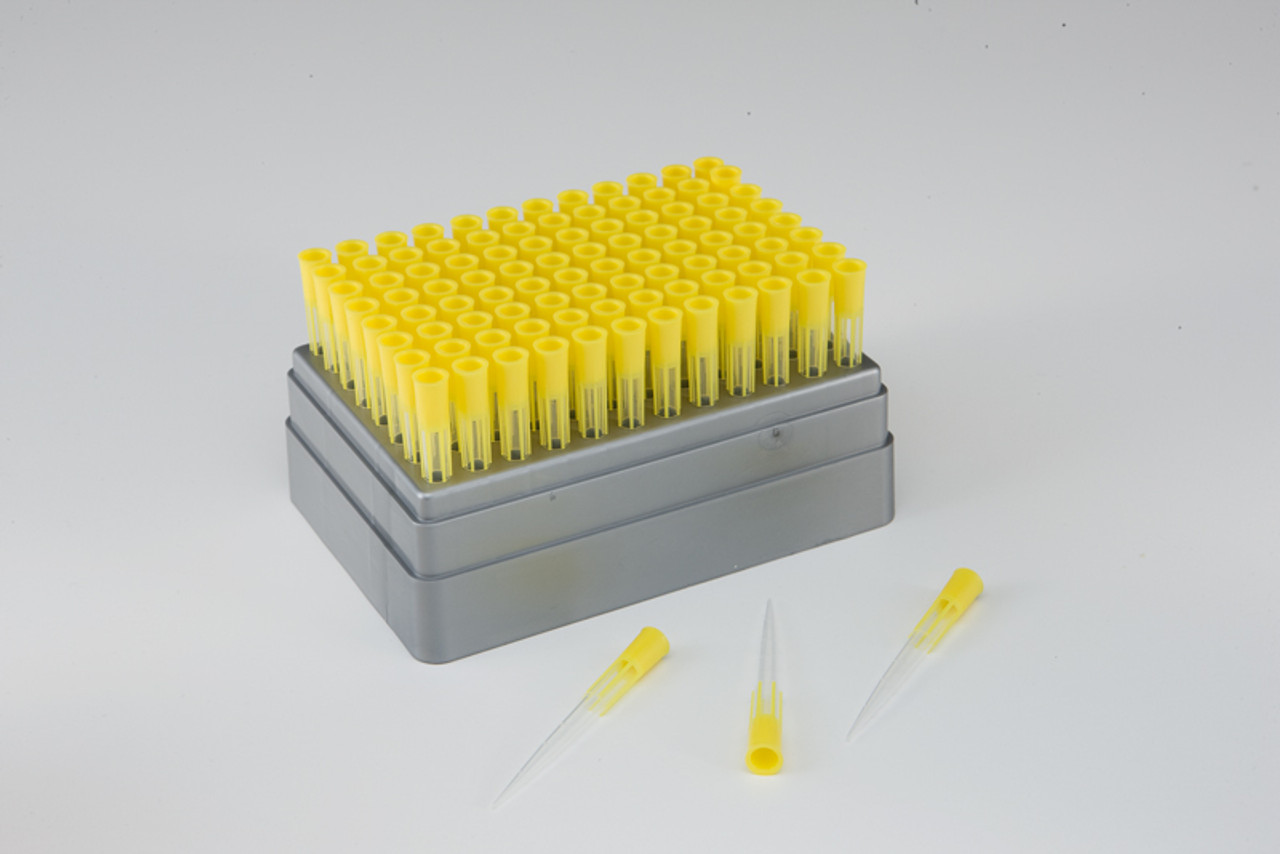The saying “smile at the world and the world will smile back” applies everywhere except when it comes to multichannel pipetting.
The last thing a lab scientist wants to see is the tell-tale “smile” indicating their pipette tips did not seat correctly on their multichannel pipette.
When a good seal is made between the multichannel pipette and the pipette tips, liquids are aspirated evenly and cleanly.
When the pipette tips do not fit well, the tips closest to the edge fill properly while those nearer to the middle draw up less liquid, hence the “smile” as the volume peaks on the edges and drops in the center.
Issues with poor fitting pipette tips can also lead to tips slipping off the pipettor cone and just not aspirating liquids at all.
What baffles many scientists is making sense why:
“When we tested them on our single channel pipette
they worked great.”
There are a few reasons why a pipette tip would fit a single channel pipette but struggle to work with a multichannel pipette, even from the same family of pipettes.
Generally, pipette tips are made from two types of polypropylenes.
The shaft of the pipette tip needs to be very rigid while the collar where the pipette tip connects with the pipette nose cone has to be softer and pliable, so it widens to form an airtight seal.
It takes considerable amount of mechanical force to widen the plastic and create a good seal.
Some lab technicians have the habit of repeatedly ramming the pipette into place before putting it to use to be certain they have a good seal.
A single channel pipette directs all this downward energy to a single point which helps secure the pipette tip to the pipette cone.
A multichannel pipette diffuses this downward energy away from the central shaft over to the edges.
It therefore takes more effort to pry the plastic apart on eight, twelve or more pipette tips at once and get a good fit.
Another critical component of proper pipette tip fit is the rigidity of the wafer which supports the rack of pipette tips and holds them upright in the ready position.
A flimsy wafer that buckles cannot return enough of the downward energy from the pipette resulting in loose fitting tips.
There is one pipette tip however which has a track record of fitting the widest range of universal pipettes.
These OneTouch tips feature a collar extender made from soft silicone.
The silicone collar eliminates the need to pound the pipette to create a tight seal and its enhanced flexibility allows it to match the shape and contour of any multichannel pipette cone.

The base is made from a solid piece of plastic, so the tips benefit from resistance coming from the base, the table and planet Earth to make sure those tips fit!
OneTouch tips come in volumes 10uL, 330uL and 1mL in individually wrapped racks of 96 pipette tips.
OneTouch tips are available either non-sterile, sterile or sterile with a barrier filter for qPCR and other analytical applications.
If your lab is struggling to find universal fit pipette tips that work with both single and multichannel pipettes, Stellar Scientific has OneTouch tips and other pipette tip brands for you.


